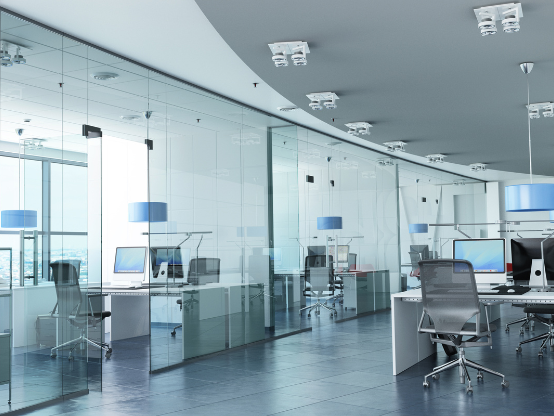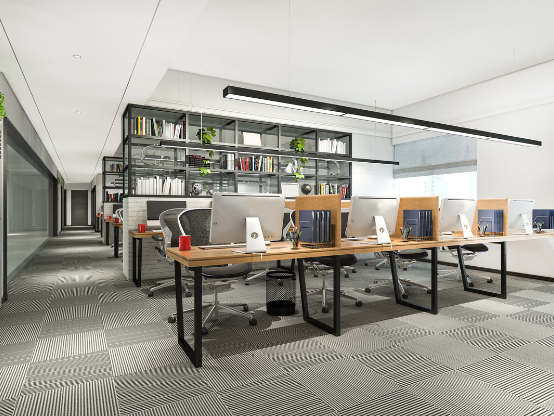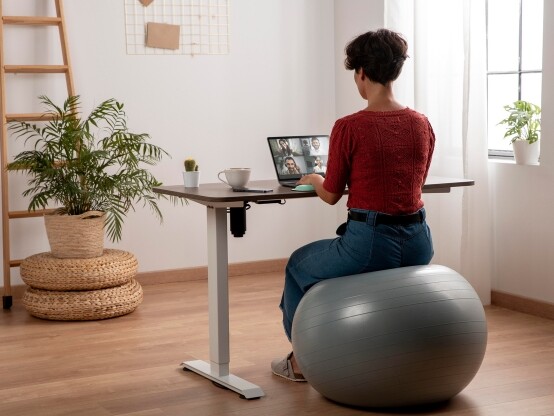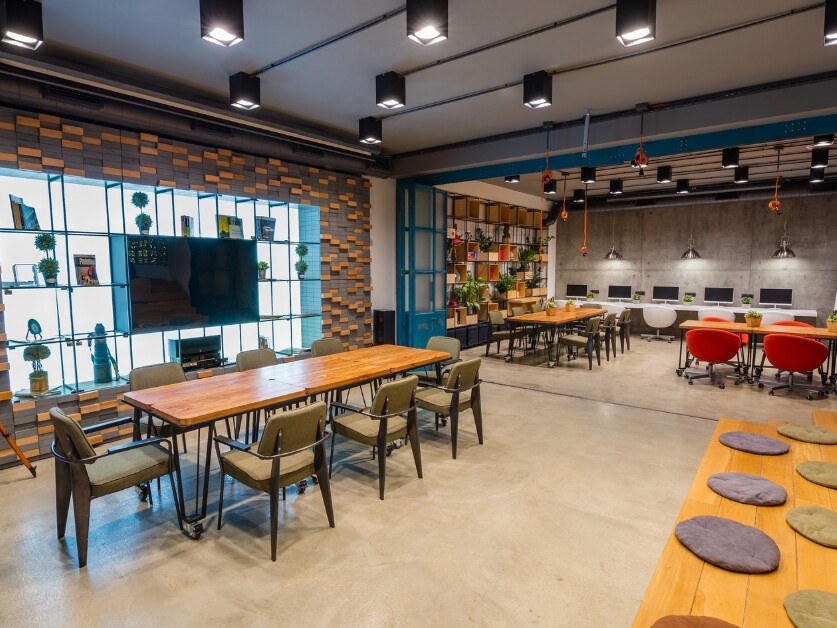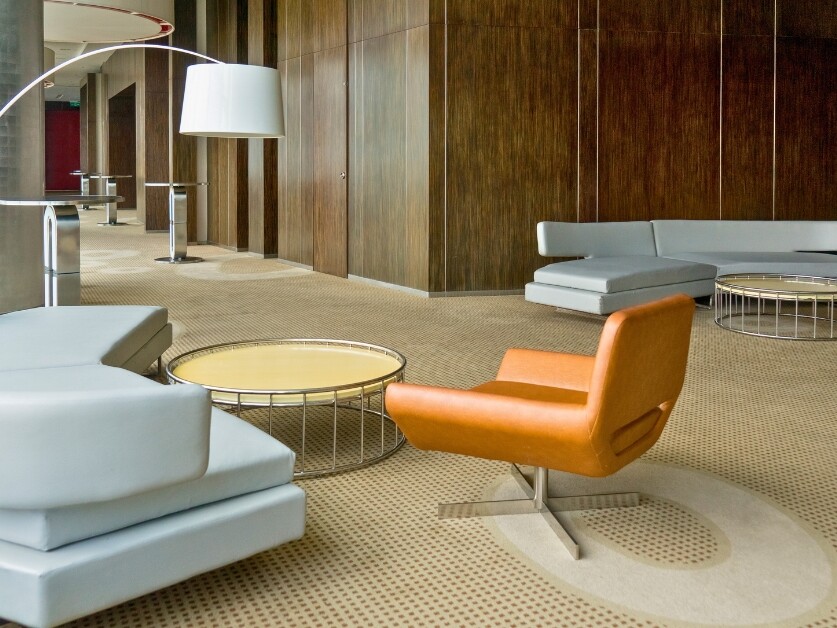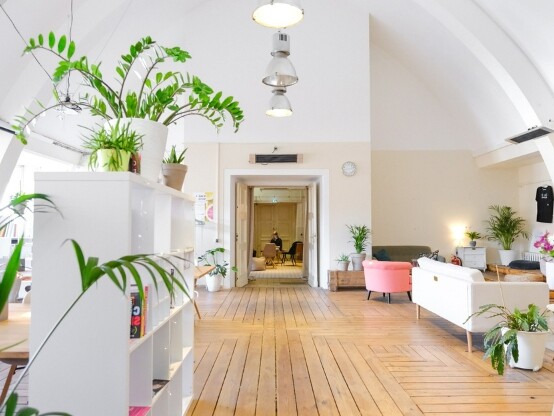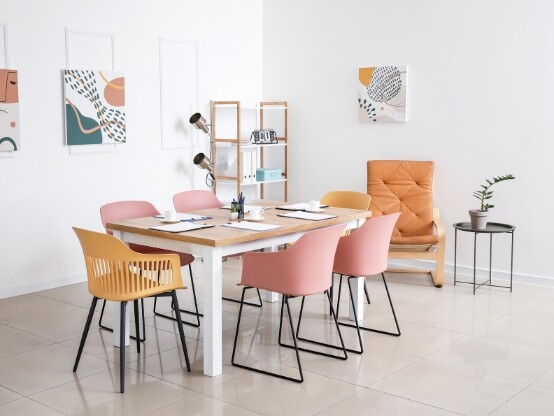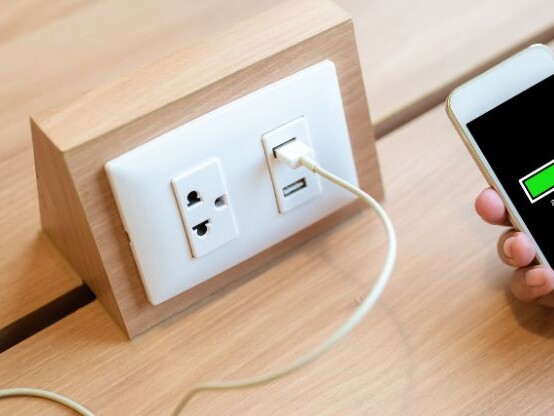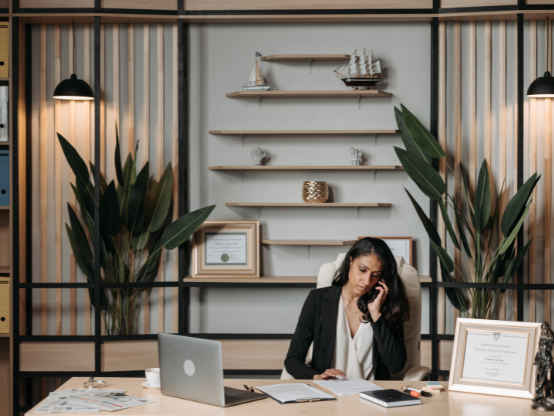Office furniture design trends continue to evolve, and each decade brings its own unique style trademarks. Unlike the sleek offices that are popular today, workplace design in the 1950s emphasized a subdued environment with a hierarchical setup. Interested in learning more about office design of decades past? Here, we share the signature elements of many workspaces in the ‘50s.
Private Office Spaces for Elite Staff
In the 1950s, office design was centered around the hierarchy of the workplace. Private offices were reserved for senior staff, which typically lined the perimeter of the building. The middle of the room was designated for the masses, and often featured the latest fluorescent lighting. In many cases, natural light was reserved for private offices. The layout of the office presented a rigid ranking system of seniority, and this trend persisted for decades.
Resolute Furnishings
Offices of the 1950s often featured resolute, heavy furnishings. Chairs and desks were typically made of wood, and workspaces for senior staff were especially ornate. The “mid-century” furniture style emphasized core principles in the ‘50s, including functionality and efficiency. Large desks with pedestals were a sign of high-ranking team members, while the open area of the office was usually stocked with small individual workspaces. While many aspects of 1950s offices would be described as drab today, luxurious chairs were a staple in private rooms. The Eames lounge chair became a must-have in this decade, and this furniture piece remains recognizable today.
Muted Colors
Home and office design in the 1950s couldn’t have been more different. Houses were often adorned with bright pops of color: just think of the classic ‘50s light blue kitchen appliances. Workplaces, on the other hand, were done in strictly professional colors. Beige, hunter green, and muted coral were common choices for walls and furnishings.
1950s offices were designed to present a solidly professional image for employees and visitors. These workspaces were reflective of the country’s values in this time period, and paved the way for more adventurous décor in the decades to follow. The 1960s ushered in an era of social change, which pioneered new trends in office design.
Office furniture design trends continue to change, and modern offices have the luxury of decorating to suit the needs of the company culture. If you love the look of traditional 1950s furniture, our team can help connect you with the ideal furnishings and décor. We’d love to assist you in creating the workplace of your dreams, and we can handle the process from start to finish. When you’re ready to learn more about our services, please reach out to our team.
